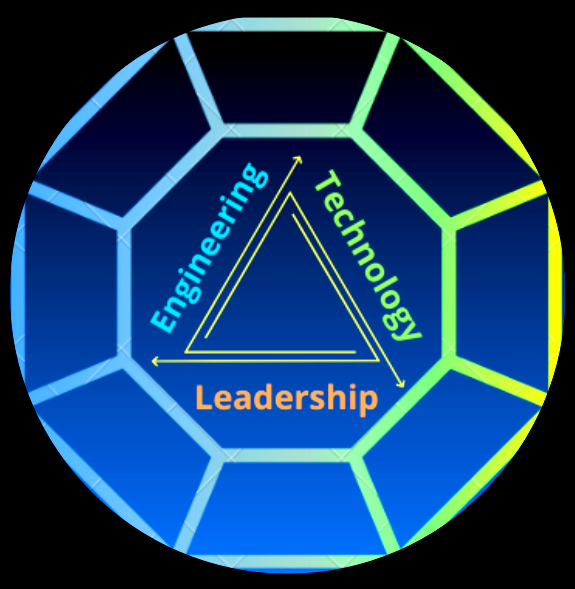
Predicting Loan Defaults with AI: A Data Science Project to Strengthen Financial Decisions
As an engineer and project leader working at the intersection of people, processes, and technology, I constantly seek opportunities to engineer solutions, in this case with (AI&ML), in ways that solve real-world challenges. One of those challenges: reducing lending risks in the financial sector.
In this project, I built a machine learning model to predict loan default probabilities, helping to mitigate financial losses and support more responsible credit decisions. My goal was not only to generate accurate predictions but also to follow a disciplined and transparent data science process—from raw data ingestion to final model evaluation.
🔍 Key steps in this project included:
Data Collection & Preparation: Curated and cleaned a dataset that included both financial indicators and demographic attributes, ensuring data quality and minimizing bias.
Exploratory Data Analysis (EDA): Applied statistical and visual methods to uncover relationships, detect patterns, and inform feature engineering.
Model Development: Experimented with algorithms (Logistic Regression and Random Forest), ultimately intending to select the one that offered the best precision-recall tradeoff.
Evaluation & Validation: Used cross-validation and performance metrics (ROC-AUC) to fine-tune the model and ensure generalizability.
Interpretability & Business Impact: Emphasized model interpretability to ensure alignment with data science practices and support confident data-driven lending decisions.
📂 The codebase and documentation are available for review. Whether you're a recruiter, investor, or tech lead, you’ll find a transparent and reproducible implementation grounded in best practices.
👉 View the code and walkthrough on GitHub.
This project was inspired by my desire to explore data science in depth with hands-on Experience. It showcases not just my technical skills in Python, data wrangling, and machine learning, but also my ability to lead initiatives that align AI capabilities with strategic outcomes.
